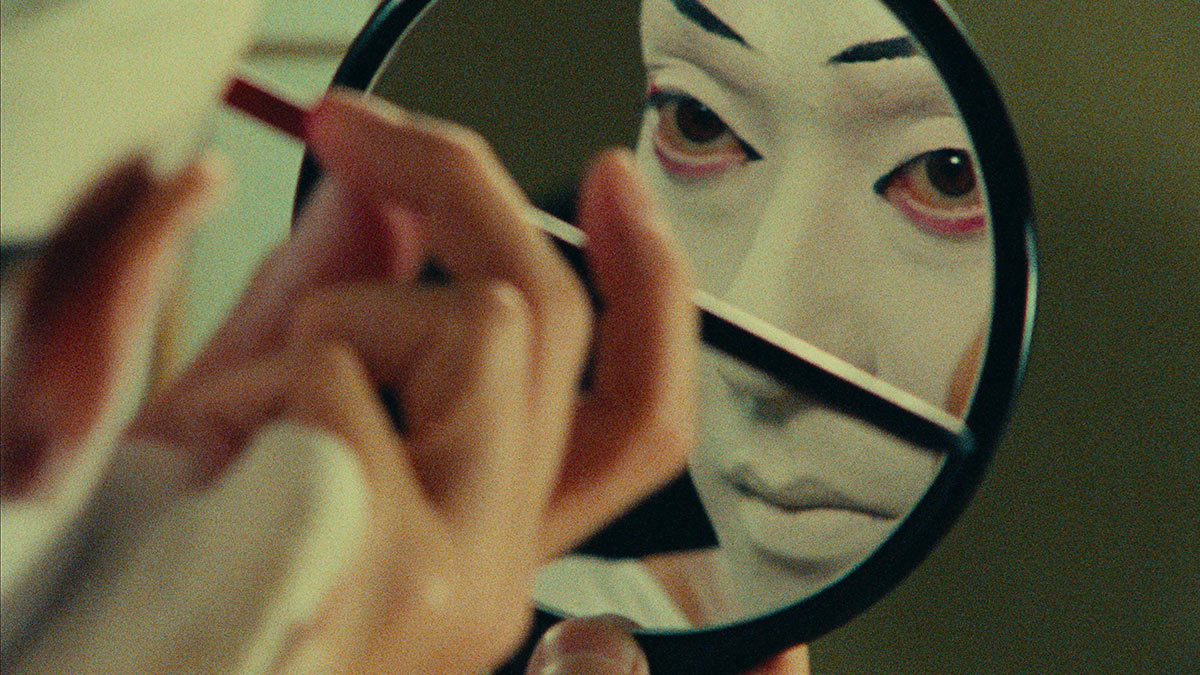
(C)1995 T&C FILM AG / EURO SPACE
“The Written Face” is all about the stage = for the beauty of life
2023.03.14
When the automaton stops
According to the book `` The Glory of the Independent: From Eurospace to the World '' written by Eurospace's Kenzo Horikoshi, ``The Written Face'' brings cheer to Daniel Schmidt, who has been depressed by laryngeal cancer. It started with a plan for. During this period, Daniel Schmidt lost his long-time production designer and partner, Raul Jimenez, to AIDS. Also, when I look at my filmography from a bird's-eye view, it seems important that it comes after ``Between the Seasons'' (1992), a masterpiece set in the hotel where I grew up. Just as the boy in ``Hazamade'' held a seashell to his ear, the geisha in ``The Written Face'' holds a vinyl record to his ear.) In an interview at the time, he expressed the feeling that he had nothing left to lose.
``The Written Face'' was inspired by Roland Barthes's `` Empire of Signs '' with the same title. The female role is not simply a male performer wearing female makeup, but a ``pure representative body'' that is being depicted in this space at this very moment. The creation of the image of a female figure and its documentary nature. Daniel Schmidt has previously photographed Bulle Ogier's behavior and behavior as a lost child at a film festival in ``Cannes Cinema Street'' (1981). It can be said that this work captures the very process of ``sensing,'' ``penetrating,'' and ``reacting,'' as described in Tamasaburo Bando's theory of acting. The free movements and movements of Bulle Ogier, who had no idea how choreographed they were, are still new today as gestures that cannot be reduced to meaning.

“The Written Face” (C)1995 T&C FILM AG / EURO SPACE
And when I think about the roots of ``The Written Face,'' I can't help but think of Daniel Schmidt's feature-length debut, ``Tonight Only...'' (1972). This extremely provocative and beautiful work, taken at his parents' hotel, leaves a strong impression with the slow movements of Mannequin-like figures. The characters move like clockwork automatons. As Shigehiko Hasumi says in ``Daniel Schmidt: The Thinking Cat'' (10), Daniel Schmidt's recurring theme is ``How slowly does slow motion need to slow down to come to rest?'' When Tamasaburo Bando in ``The Written Face'' considers when to stop, the sensuality of stopping the dance becomes clear. It could be called an ecstatic death.

